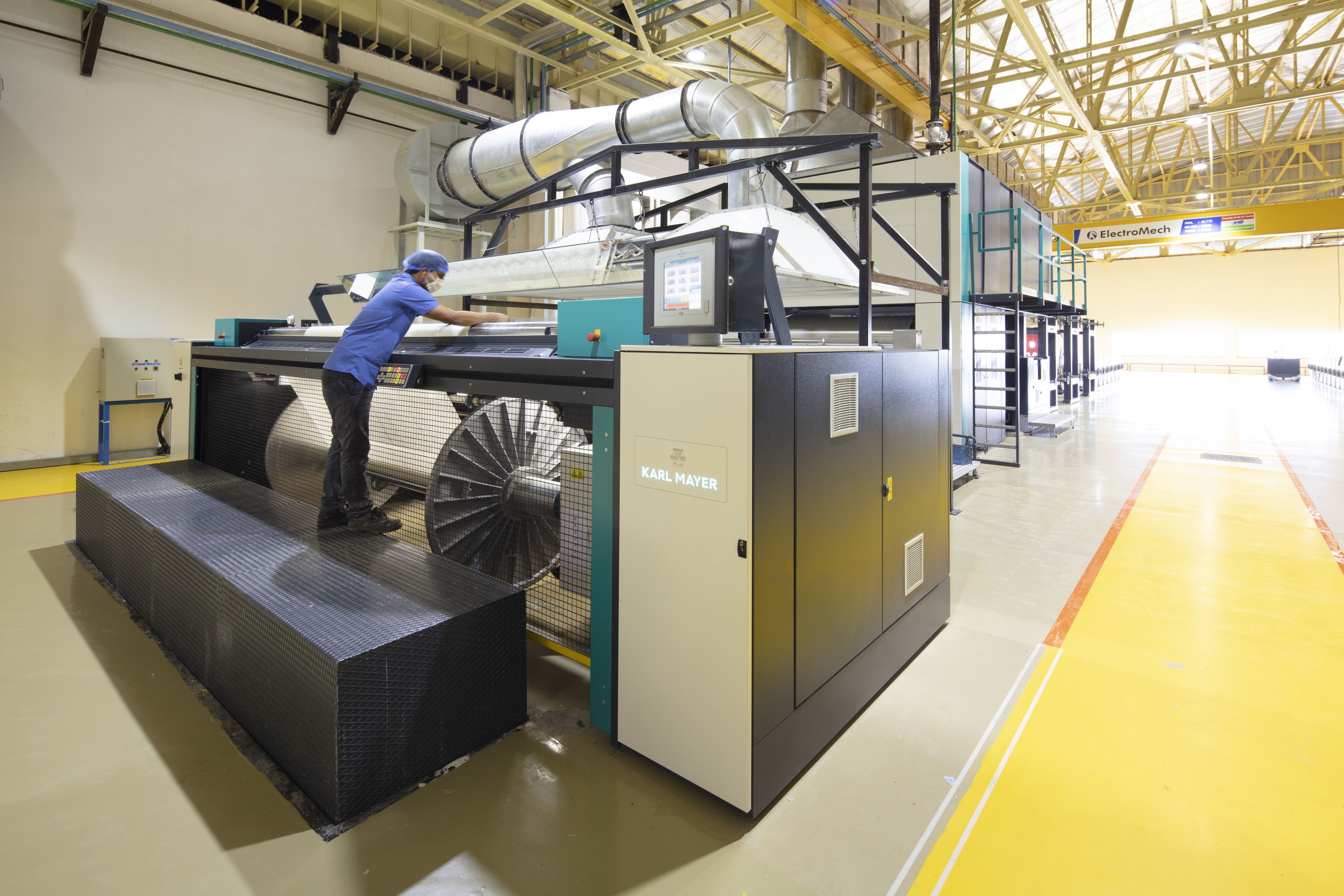A Green Dress Code for South Asia’s Textile and Apparel Industry
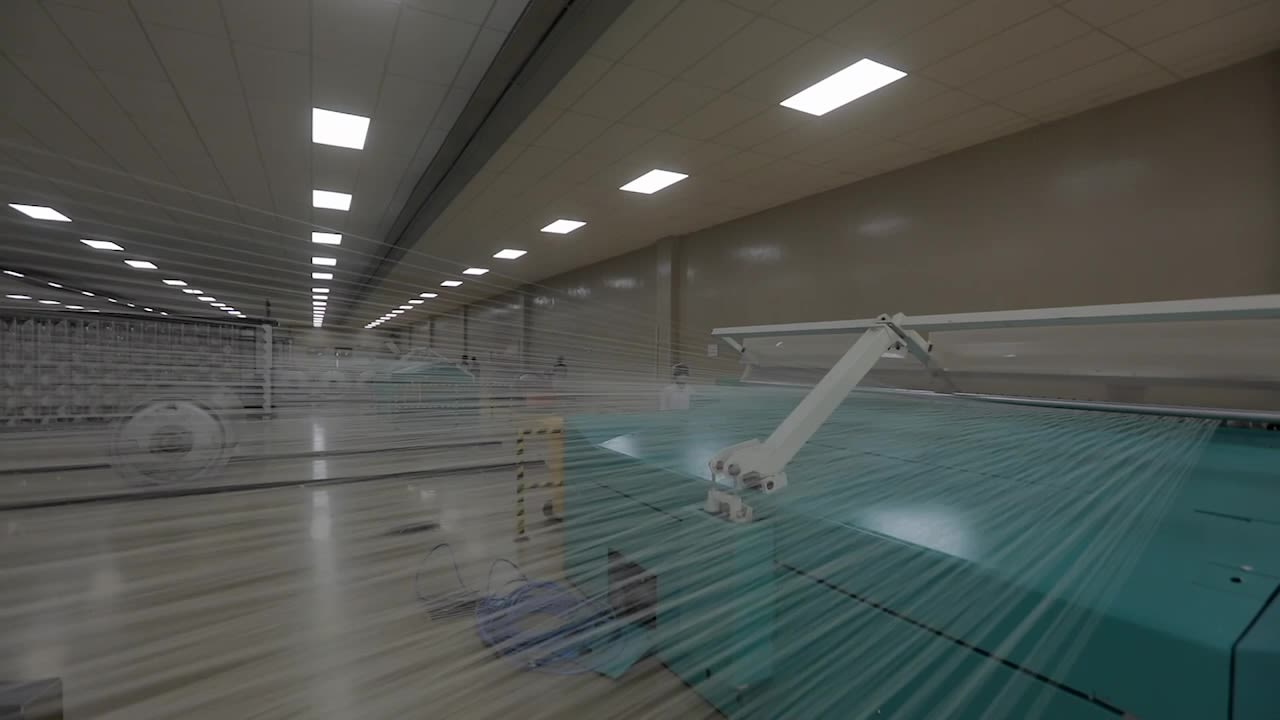
An elegant attire, flaunting the stunning colors of South Asia may make a definitive fashion statement, but not when it comes to the pale reality of emissions in the region’s textile sector. From water consumption to burning of fossil fuels, manufacturing textiles and apparel comes at a cost to the environment. Globally, the combined textile and apparel sectors contribute as much as 10% of the world’s global greenhouse gas emissions.
This needs to change if the world is to meet its climate goals.
South Asia, a major contributor to emissions, is responding by prioritizing its efforts to green the textile sector, which can significantly reduce environmental impacts, help optimize economic opportunities, and create new jobs in the region. A shift toward sustainability will help local manufacturers reduce the industry's carbon footprint. Additionally, it will position them as preferred suppliers to international brands and companies, amid a global shift toward diversification.
Textile and apparel manufacturing are key economic drivers in the region. In Bangladesh, the second largest garment-producing country after China, the industry provides four million jobs and accounts for four-fifths of the country’s total exports. While home textile exports from India increased by 10.2% between 2017 and 2021, it is set to keep growing in the next five years — reaching 10% of global exports. Textiles are also the second largest employer in the country. Sri Lanka’s apparel sector, the country’s largest export sector, is targeting exports worth $8 billion by 2025.
For Shrikant Himatsingka, Executive Vice Chairman and Managing Director of Himatsingka Group, India, sustainability stems from two sources — "your values and vision as a corporation; the external environment where various stakeholders globally shape a new definition of what sustainability ought to be for corporations. Together, they become part of an ecosystem over time.”
Accordingly, as the textile and apparel industry across South Asia/Asia Pacific evolves, Nemanthie Kooragamage, Director, Group Sustainable Business, MAS Holdings, Sri Lanka, says, “Industry players across the region are increasingly understanding that many of the challenges we are trying to address are universal and can be far better addressed collectively. This has prompted the industry to become collaborative, not just among peers, but also with regulators, academics, and civil society organizations.”
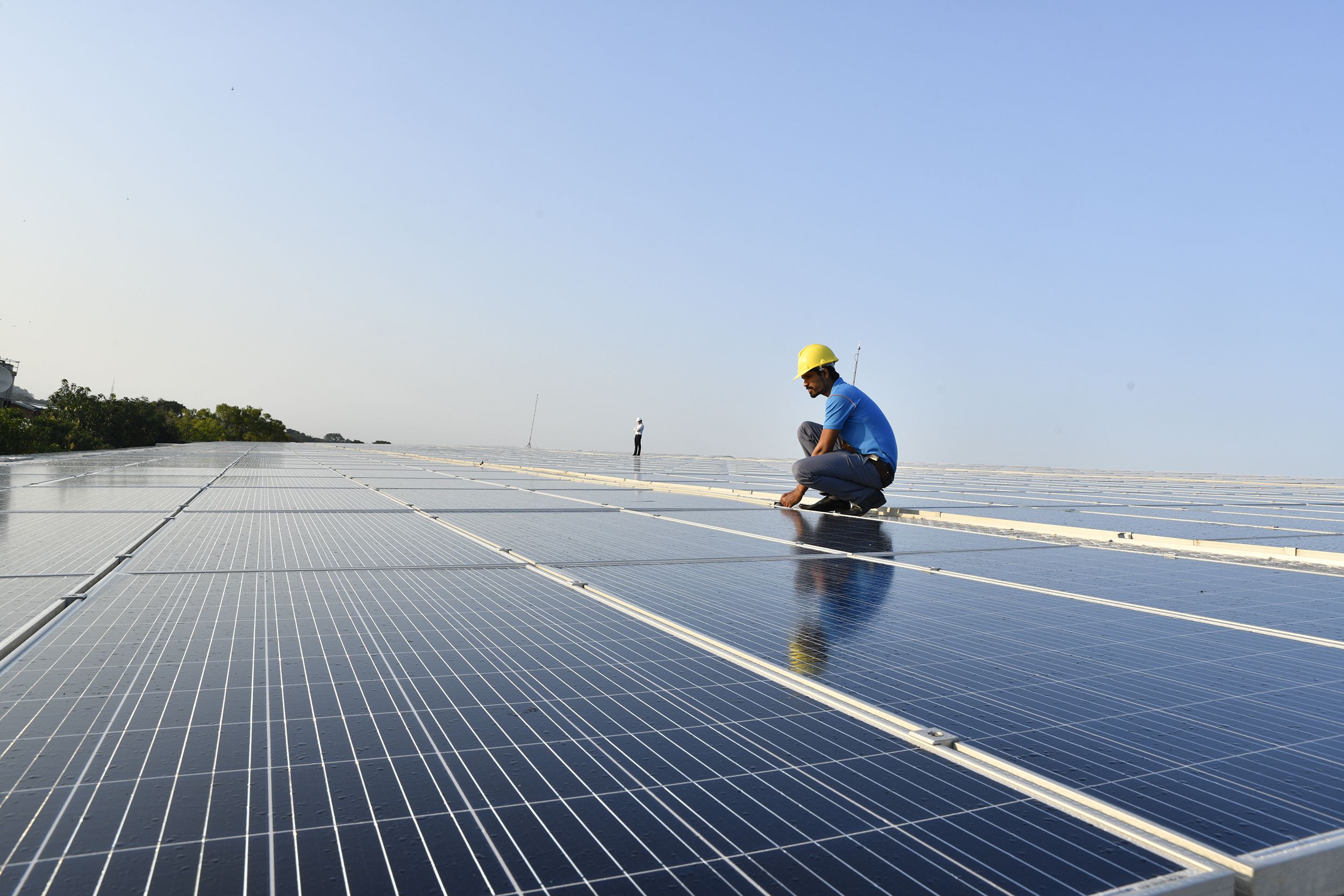
Market pressure too plays a significant role in driving change across the sector in South Asia. “Stakeholders’ requirements and expectations along with government regulations are further encouraging sustainable practices. Growing investor and consumer interest in ethical and sustainable brands is also creating financial pressure for companies to adopt greener practices,” says Naresh Tyagi, Chief Sustainability Officer, Aditya Birla Fashion and Retail Limited, India.
Moreover, garment-producing countries such as Bangladesh, which previously imported its fabrics from China and elsewhere, are branching out into fabric and yarn manufacturing, while cotton-producing countries have moved to making textiles and garments. Shortening the supply chain can reduce transport-related emissions and also help strengthen accountability and transparency, two factors that contribute to responsible production.
A sustainable approach comes with its rewards. The DBL Group in Bangladesh joined the Partnership for Cleaner Textile-PaCT — supported by the governments of the Netherlands and Denmark. This helped the company save over 113,000 megawatt hours a year of energy, nearly 900,000 cubic meters a year of fresh water, and avoid nearly 27,000 tons a year of CO2 emissions.
Partnership for Cleaner Textile (PaCT)
An IFC advisory program, supported by the governments of the Netherlands and Denmark, PaCT seeks to bring systemic, positive change to the textile value chain in Bangladesh by contributing to the sector’s long-term competitiveness and improved sustainability. IFC has worked with more than 414 textile factories in Bangladesh. The program has generated annual cost savings exceeding $100 million for participants, reduced water usage by about 30 billion liters a year (enough to meet the annual water needs of almost a million people in Bangladesh) and cut more than 670,000 tons of carbon emissions equivalent per year (equal to removing more than 100,000 cars from the road).
“The lessons learned from PaCT helped us implement better practices in our new facilities and expansions, making them more resource efficient than the previous ones. Even in our older factories, upon end of lifetime of the machines, we are implementing the learnings from PaCT.”
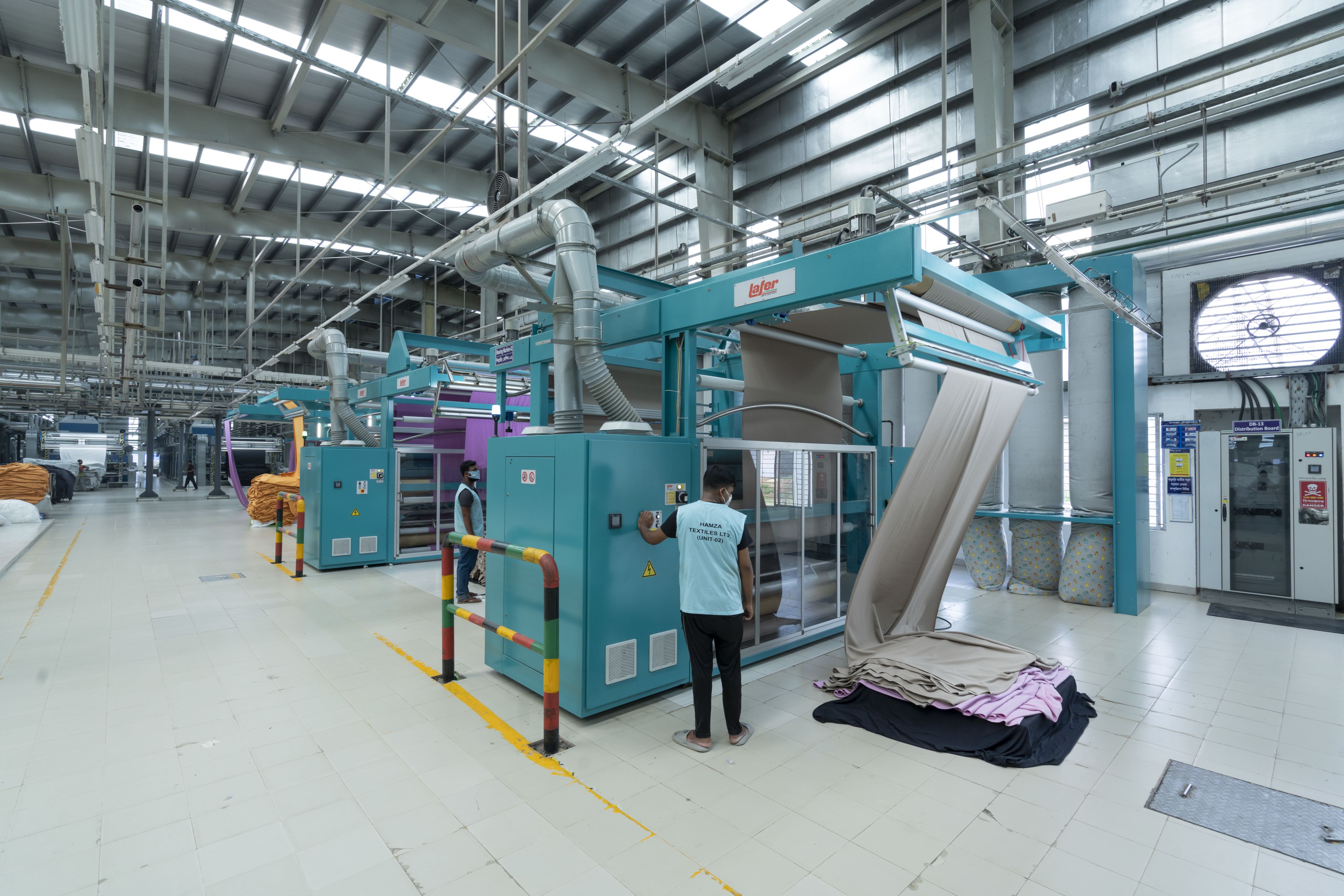
Challenges and Opportunities
However, implementing sustainability and carbon-neutral measures in the textile and apparel sector has its share of challenges.
“Theoretically,” Himatsingka says, “we all know it’s important not to pollute or misuse natural resources. Yet the challenge is to turn this surface-level academic understanding into a mindset. It takes years to make it central to an organization’s thinking process.” He also cites cost as a major deterrent.
For Kooragamage, too, cost is a significant challenge. “This is especially true in terms of scaling up renewable energy efforts, as well as transitioning to new technologies such as energy-efficient machinery. In the apparel industry, a key focus is to unlock circularity at scale, and even recycling technologies are capital intensive, making it difficult to achieve scale without considerable investments.”
In addition, given the industry’s long and complex supply chains, which includes smaller suppliers, larger brands hit a roadblock when it comes to enforcing or ensuring that their suppliers stick to sustainable manufacturing processes. Retailers and consumers play an equally critical role as far as waste and recycling is concerned, with fast fashion a major contributor to the estimated 92 billion tons of garments that end up in landfills each year.
The fashion industry is notoriously thirsty, using 93 billion cubic meters of water each year, enough to meet the consumption needs of five million people.
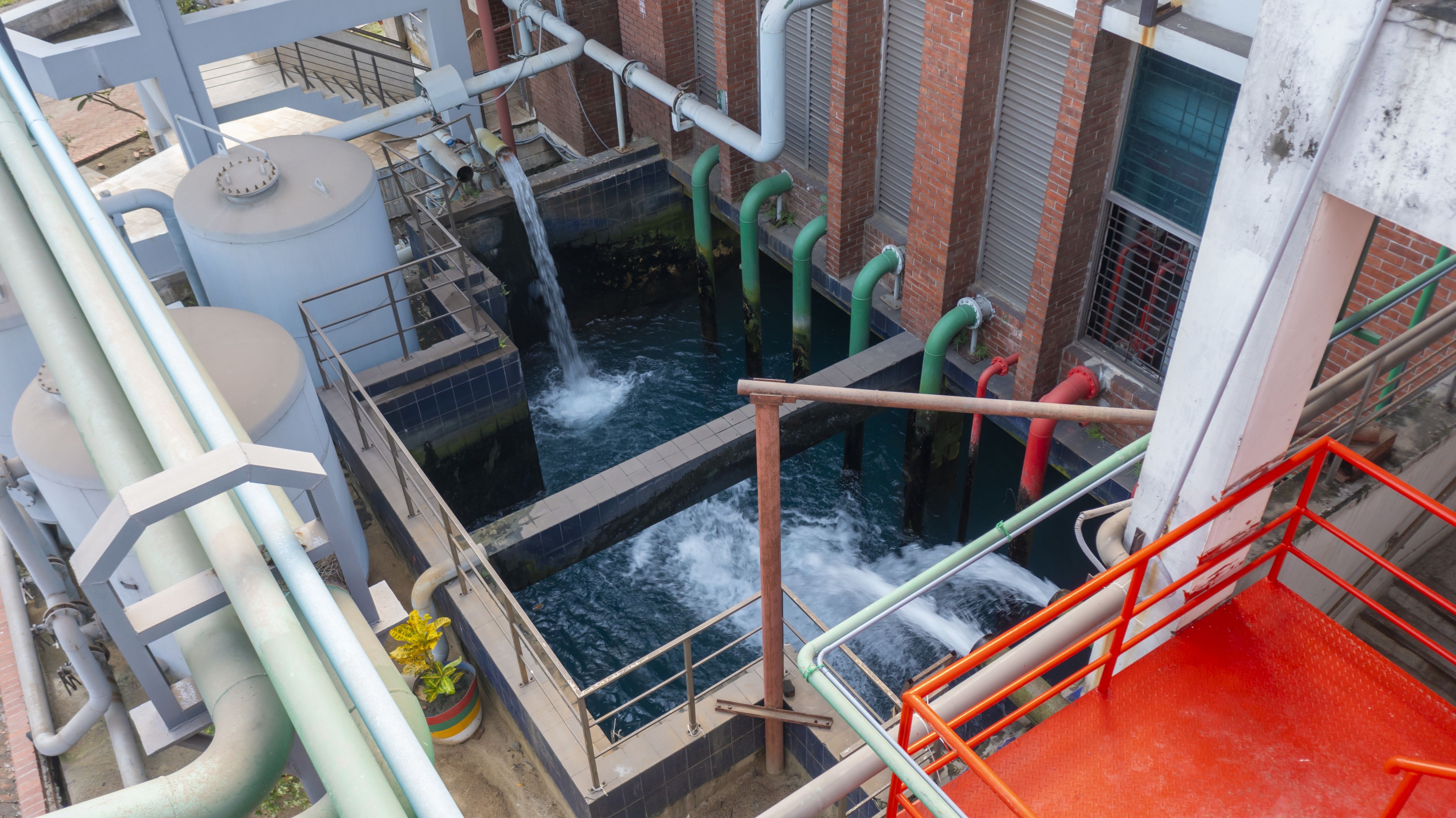
Tyagi acknowledges that tracing the origin of materials and ensuring sustainable end-to-end solutions across the textile value chain is complex. “Having data maturity and accuracy in the entire value chain is sometimes challenging for product lifecycle approach. Also, building partnerships and trust across the supply chain and tiered suppliers can be tedious.”
However, sometimes challenges can turn into opportunities. A major bottleneck of the Bangladesh textile industry is the unreliability of energy supply from traditional fossil fuel sources. In response, DBL has installed rooftop solar panels as an alternative source of energy and has implementation plans to increase their usage in phases. Among other interventions, DBL has installed exhaust gas boilers, heat recovery systems, and a rainwater harvesting plant, leading to a win-win situation for both the business and the environment.
In its lifecycle, a single pair of denim jeans will use 1,000 gallons of water to grow the cotton, manufacture the material, ship the garment, and launder after wear.
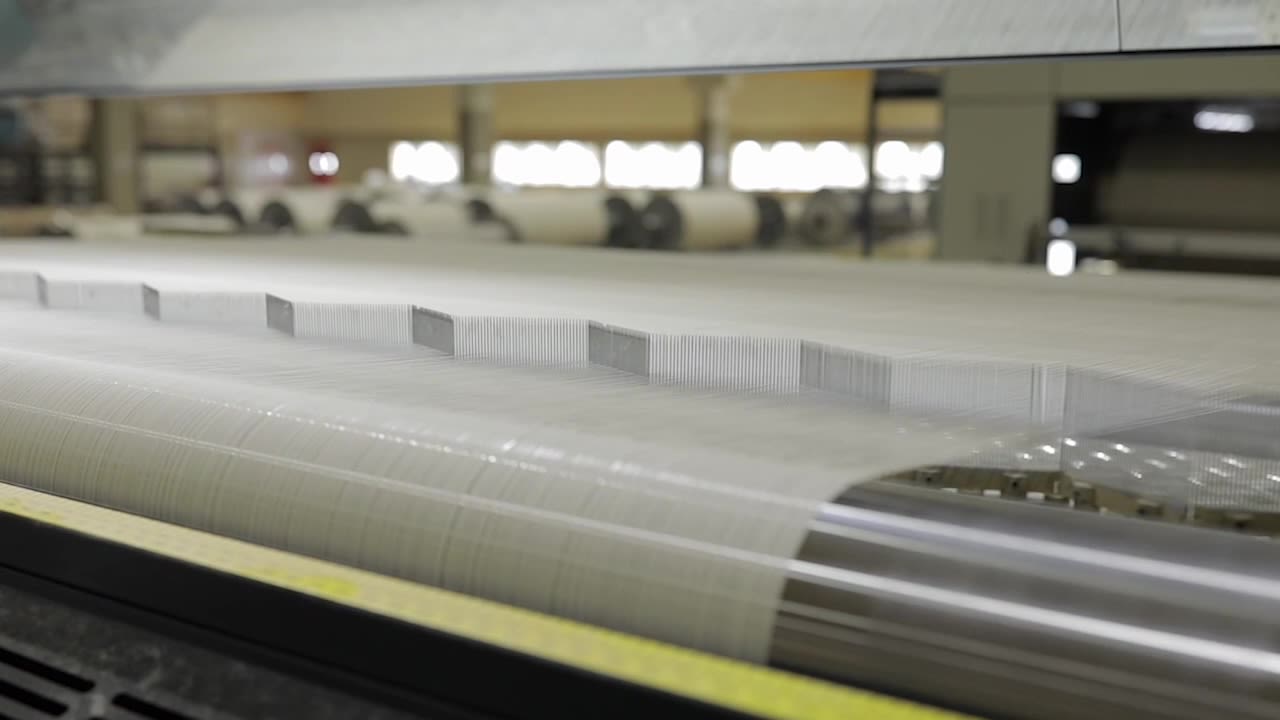
Road Ahead
Textile companies can optimize a range of opportunities in decarbonization. These include improving energy efficiency and transitioning to renewable energy sources, adopting sustainable materials in manufacturing, and embracing circular economy principles — where materials and products are continually regenerated — and extended producer responsibility. This will enable companies to reduce their carbon footprint and contribute to a more sustainable and environmentally friendly textile industry.
Technology — from AI and 3D digital design to blockchain and data analytics — is also expected to significantly impact how textiles and apparel products are being produced and sold to customers. This is likely to lead to further automation along the value chain, potentially resulting in job losses. However, more jobs with new skillsets will be created (for example, automated warehouses) in response to the growing demand. Global consumer expenditure on clothing and footwear products is expected to grow from $2.2 trillion in 2018 to $4.4 trillion by 2030 — driven mostly by developing economies.
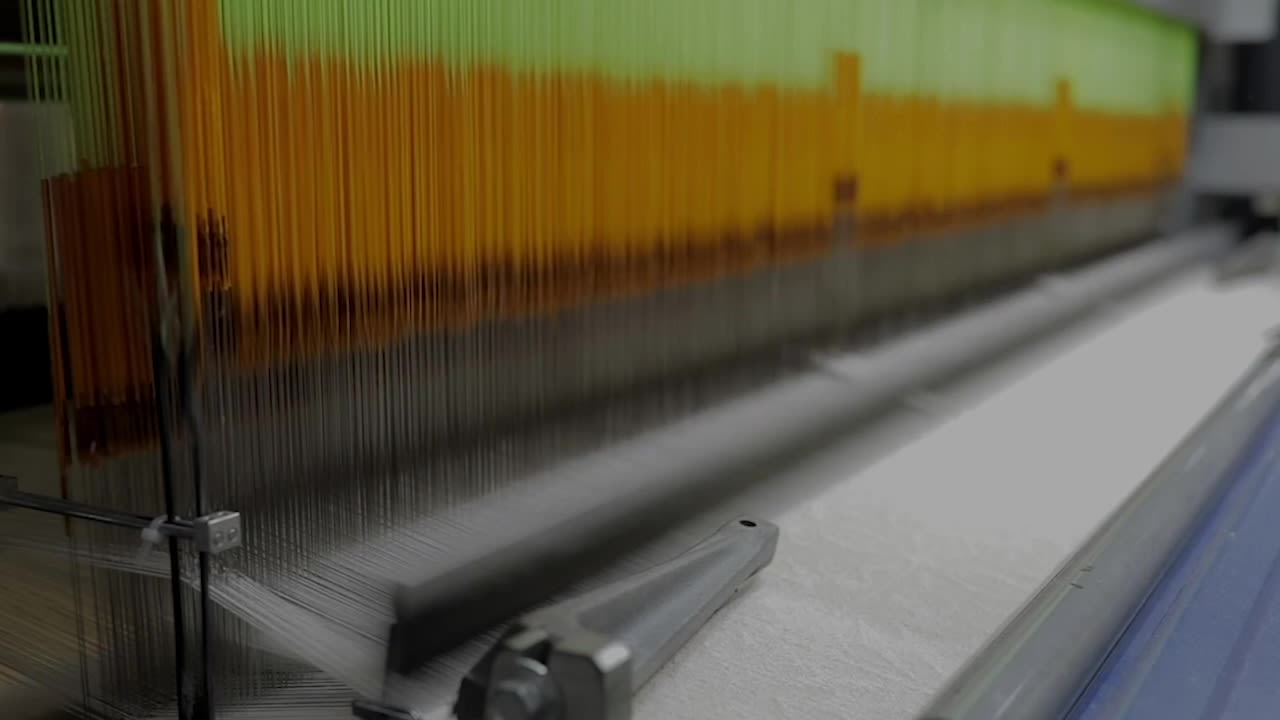
As the industry grows, initial investments will be vital to transitioning to more sustainable production. While these upfront costs may seem daunting at first glance, in the long term these same measures will help foster energy efficiency, water savings, and other input efficiencies, ultimately reducing expenses for companies that understand this critical industry opportunity. Growing consumer awareness and evolving regulatory measures will also gradually sideline companies that do not adhere to green standards, leaving them behind.
Further, with the European Union requiring the industry to attain circularity by 2030 and the European Green Deal aiming to set the EU on the path to a green transition, South Asia faces mounting pressure. Going forward, strong regulatory support and effective policies to reach climate targets will be crucial. In addition, a roadmap for industrial decarbonization at all stages of production as well as mobilizing funding to support decarbonization/circularity projects will be equally important. It will encourage companies to work toward long-term, systemic changes, promoting a resilient and green textile and apparel sector.
“IFC is deeply engaged in the textile and apparel value chain across South Asia. Drawing on our lessons, we see significant opportunities for the region to make the sector more sustainable, competitive, and inclusive, creating a roadmap that can serve as a template for other countries,” said Imad Fakhoury, IFC’s Regional Director for South Asia. “Given our extensive experience and thought leadership in the space, we are set to consolidate our niche expertise and adopt a cohesive approach — as One World Bank Group — to help prompt South Asia's crucial energy transition in the sector, setting an impactful global precedent to tackle climate change impact.”
Galvanizing greater collaboration across the value chain will be key to the industry’s future, strengthening South Asia’s economic fabric.
Published February 2024
